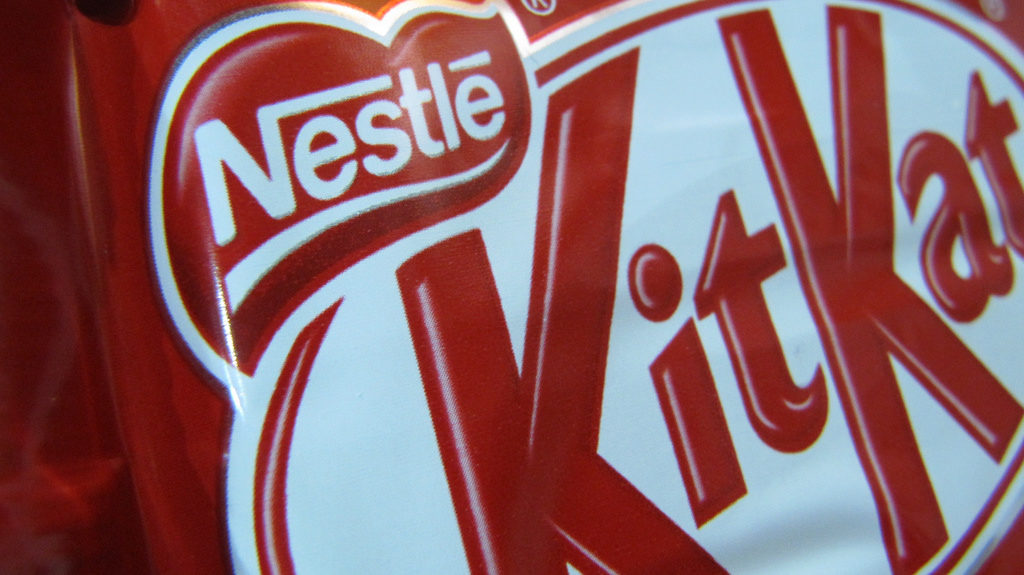The maker of KitKat bars didn’t get a break on Wednesday when the European Court of Justice in Luxembourg ruled against trademarking the chocolate bar’s iconic four-fingered shape. Nestlé has been trying to trademark their familiar KitKat shape with the EU Intellectual Property Office (EUIPO) since 2002 but finally lost the 16-year battle with UK and EU courts.
This news comes as a surprise as EUIPO had already registered an EU trademark for KitKat’s shape in 2006. However, rival company Mondelez (formerly known as Cadbury, which was acquired by Mondelez in 2010) argued against the trademark in 2007 claiming that Nestlé’s trademark was invalid, which is likely because the American confectionary maker has a four-fingered chocolate bar of their own in Norway called Kvikk Lunsj. In fact, the Norwegian chocolate bar was launched in 1937, which was two years earlier than when KitKat was introduced to the UK. Nevertheless, EUIPO rejected that argument against KitKat’s trademark in 2012, which led Mondelez to reach out to the General Court for the annulment of EUIPO’s decision.
Mondelez found success in 2016 when the General Court annulled EUIPO’s trademark, who originally established the mark because they believed that KitKat had acquired distinctive character through use in the EU. The General Court argued that KitKat did not have such an expansive reach in the EU to acquire distinctive character. Although KitKat was well known in ten European countries (Denmark, Germany, Spain, France, Italy, the Netherlands, Austria, Finland, Sweden and the UK), EUIPO did not consider the perceptions of consumers in four other Member States which include Belgium, Ireland, Greece and Portugal.
This led Nestlé, Mondelez and EUIPO to appeal to the Court of Justice against the decision of the General Court. Mondelez argued that KitKat did not acquire distinctive character in the ten European Countries mentioned by EUIPO. On the other hand, Nestlé and EUIPO reached out to the Court of Justice to argue that the proprietor of an EU trademark should not need to acquire distinctive character through use in each of the member states separately.
In Wednesday’s ruling, the Court of Justice rejected Mondelez’s appeal as inadmissible because the company did not ask to have an operative part of the judgment appealed, instead, they asked to have certain grounds of the judgment amended. In the case of Nestlé and EUIPO, the court ruled against the trademark claiming that Nestlé needs to acquire distinctive character in parts of the EU where it is not recognized. This means that although KitKat is already well known in ten member states, they cannot receive a trademark unless they acquire distinctive character from the other four member states.
The result of this ruling still holds opportunity for Nestlé to trademark their iconic KitKat bar’s shape if they are able to prove that consumers in the four other member states are also familiar with KitKat’s shape. However, the company has not mentioned any future plans for expanding their reach in the four European countries. Currently, KitKat’s shape is protected in Germany, France, Austrailia, Canada and South Africa.












Join or login to leave a comment
JOIN LOGIN